The NestJS documentation showcases how to add DTOs to use in Controllers to validate request objects by using class-validator package. DTOs described there are TypeScript classes. Now, while controllers deal with DTOs(TS Classes), NestJS providers (or services), on the other hand, makes use of TypeScript interfaces. These DTOs and interfaces are pretty much of the same shape.
Now, I am seeing duplication of shape definition here. And wondering if the interfaces are needed at all?
Can we not make DTOs source of truth for the shape and validations? One of the approaches we were considering (to make the DTO source of truth) was, to have an openapi generator take the DTOs as input and generate openapi definition and from there another codegen can generate a set of typescript interfaces to be consumed by NestJS itself and which can be shared with another set of consumer applications like Angular too.
Have any people come across a similar problem? What do you think of the above? Feedback appreciated.
